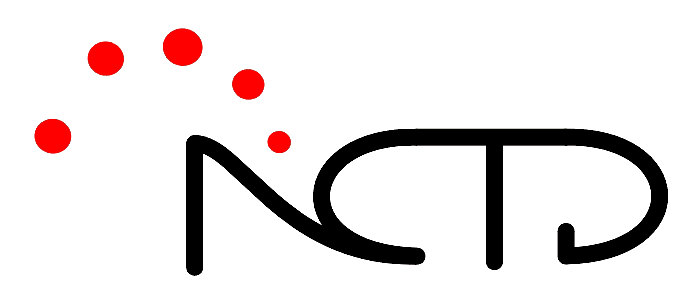
What are Tactile Graphics?
Blind people are routinely provided with text materials in braille, audio or large print, but the pictures, diagrams and maps (collectively “graphics”) which accompany the text materials are often omitted or only very briefly described.
“I’ve been using tactile diagrams all my life, and have found them vital for understanding different types of relationships and concepts both at work and in my leisure” - DT, blind individual.
It is often mistakenly assumed that all blind or partially people will have difficulty in interpreting tactile versions of graphical material. Yet visual graphics can be very effectively converted into tactile graphics, even for the highly graphical information contained in scientific materials and maps, and can be a very valuable resource.
“The tactile and large print diagrams from the NCTD were brilliant, very clear and the children found them easy to understand” - LS, teacher of blind and partially sighted children.
Converting the visual graphic to an appropriate tactile graphic is not simply a matter of taking a visual image and making some kind of “tactile photocopy”. The tactile sense is considerably less sensitive than the visual sense, and touch works in a more serial manner than vision. Therefore the visual graphic needs to be re-designed by experts to make sense in a tactile form.
Tactile graphics can be made in a number of different formats, including:
- vacuum-formed (thermoform),
- swell paper (microcapsule paper)
- embossed (e.g. produced on a braille printer)
They can have labels and explanatory material in braille or other tactile forms. But not all blind people know braille, so audio-taped descriptions are also very useful to support tactile diagrams, maps and pictures. Blind and partially sighted people are finding tactile graphics extremely valuable - and in some cases, vital - for successful study, work and leisure activities.
When are Tactile Diagrams Useful?
- User is print-impaired, & has some tactual ability
- Novel concept not easily described in words
- Real object is unavailable for touching
- When the shape / form / pattern is important
- To illustrate scale & relationships: biology, maps, technology
- As a reference: once, or as reminder
- Enhance educational experience - variety
What Tactile Diagrams Are Not …
Not exact replica of the original graphical information
Not good for fine detail
Not good when extremely large
Not good without training
Not good without support materials